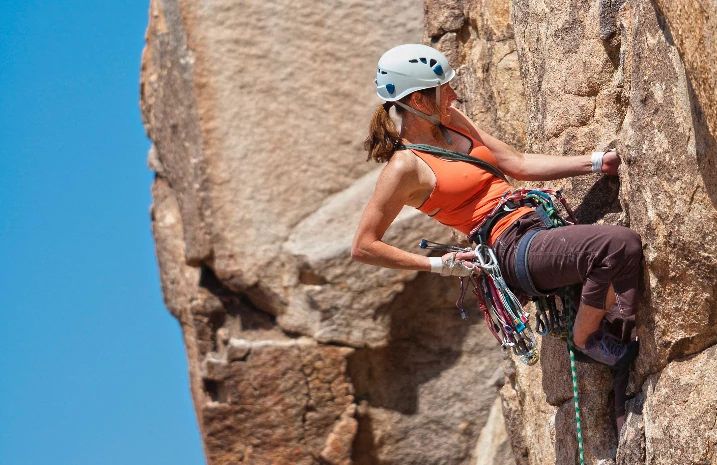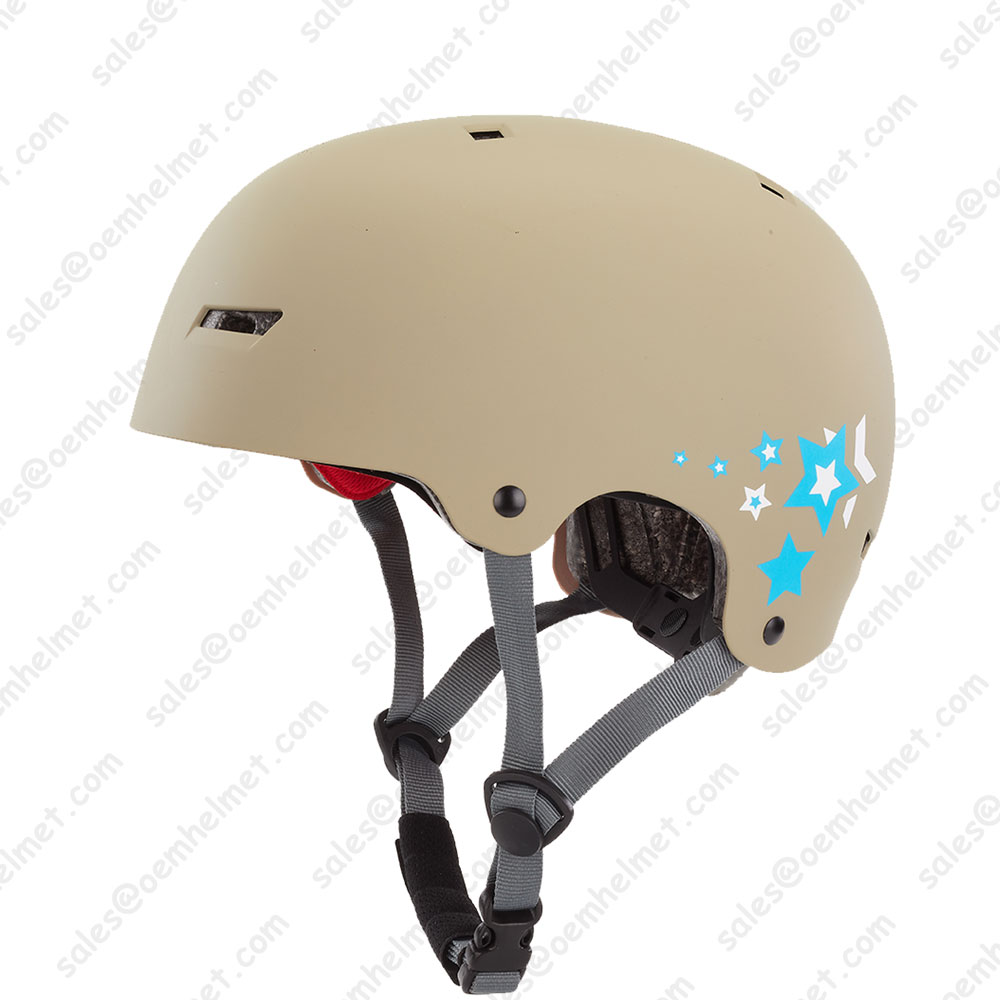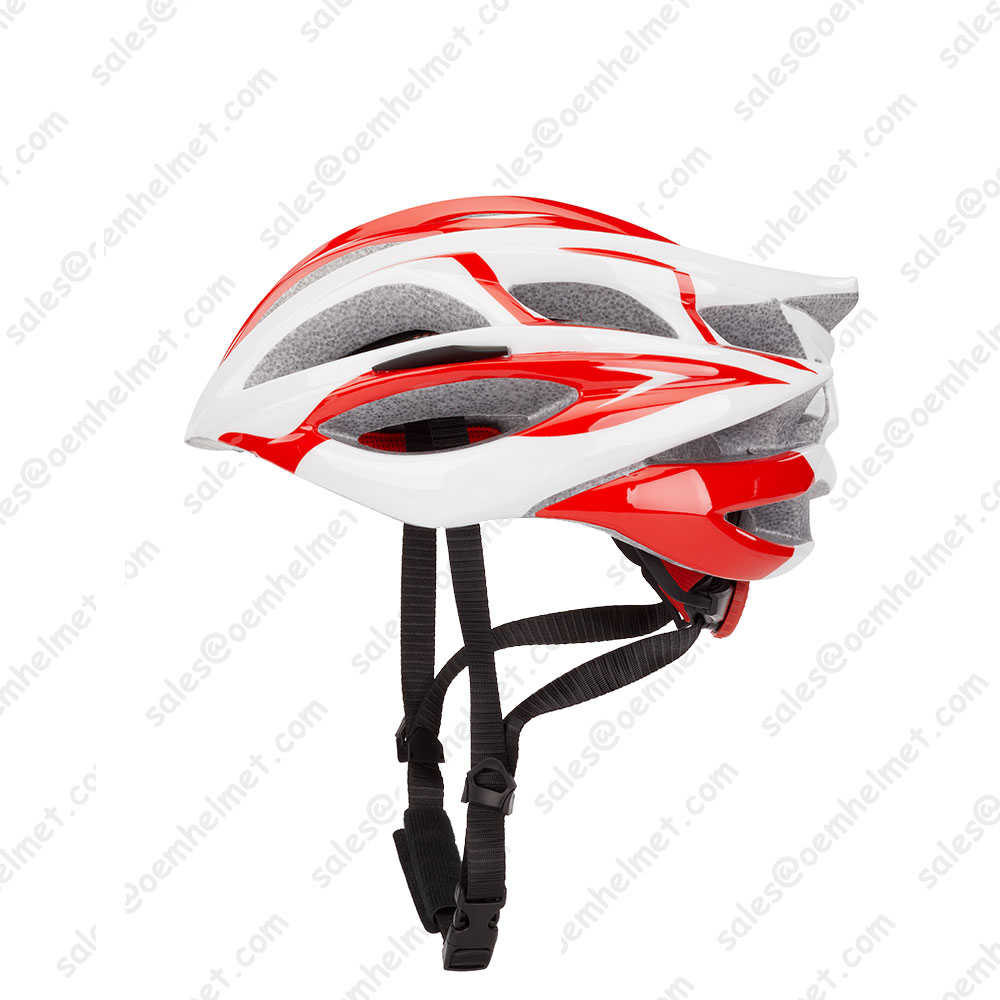The Difference between a Bicycle Helmet and a Climbing Helme
Bicycle helmets and climbing helmets are designed for different impact forces. Outside of their actual function, they do not offer the optimal protection.
Like cars, bicycle helmets are designed to collapse in a collision and absorb the energy of the impulse. And they only have to protect the head once – after the crash, they are broken. Usually, the danger is over after a bicycle accident and no further protection is needed.
Climbing helmets have to withstand several collisions. They are not designed like bicycle helmets and do not crumple in a collision. But they offer longer protection because you can’t stop climbing just because you had an accident. If you are in the middle of a climbing route and are hit on the head with a big stone, you still have to get down somehow. Climbing helmets are mainly designed to withstand several collisions. Especially from falling stone and not so much to break a fall to the ground or against a wall. If a climbing helmet could only withstand a single impact like a bicycle helmet, you would no longer be protected for the rest of the climbing.
So if you would wear a bicycle helmet for climbing and there would actually be an accident in which you hit your head against the wall and the bicycle helmet suffers damage, it would no longer offer good protection against falling rocks.


Safety Standards for Bicycle Helmets and Climbing Helmets
As already mentioned, the requirements for bicycle helmets and climbing helmets cannot be compared very well. Nevertheless, the individual standards and requirements of the respective helmet types are listed below.
Bicycle Helmets
US: CPSC
Before the durability test, the bicycle helmet is artificially aged. It is exposed to cold and hot temperatures and immersed in water. Then a 5 kg artificial head is equipped with the bicycle helmet to be tested. It is then dropped twice from a height of 2 m onto a solid flat surface and twice from a height of 1.2 m onto a round and once onto a square metal body. The impact may not exceed 300 g in strength.
EU: EN 1078
With this standard, the helmet is dropped from a height of one and a half meters once onto a flat surface and once onto a square, massive object with a maximum acceleration of 250 g. The helmets are first aged by temperature and UV radiation.
Climbing Helmets
EU: EN 12492
A 5 kg heavy object is dropped onto the climbing helmet. This is repeated from all sides, i.e. from the front, rear and both sides. To test the resistance against pointed rocks, a pointed striker weighing 3 kilograms is dropped from a height of one meter onto the helmet. The helmet has passed the tests if none of these impacts have transmitted a force higher than 10 kilonewtons.
US: UIAA 106
The only difference between the UIAA 106 and the European EN 12492 is that the impacts may only transmit a force of 8 kilonewtons to the head.
If you take a closer look at the different tests between bicycle helmets and climbing helmets, you will soon notice that it is actually the other way around. Some climbing helmets can be used for cycling, but bicycle helmets cannot be used for climbing because they are single-use.







